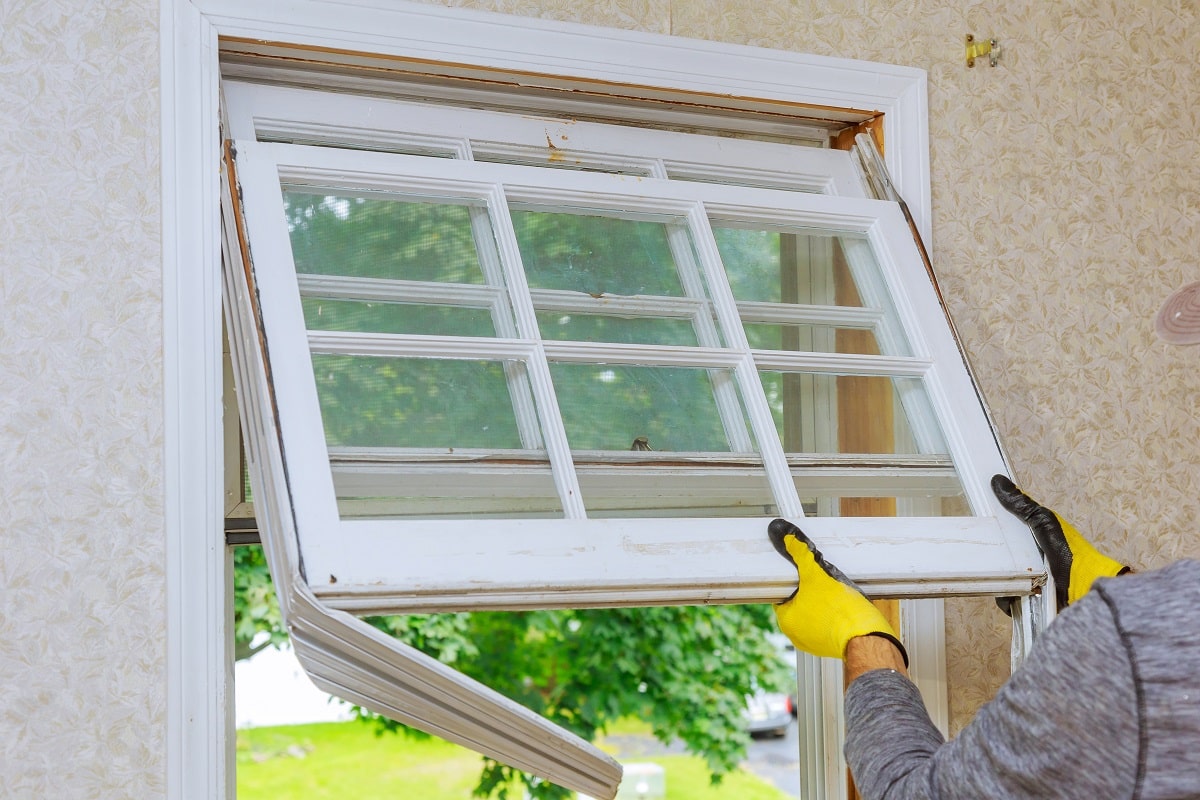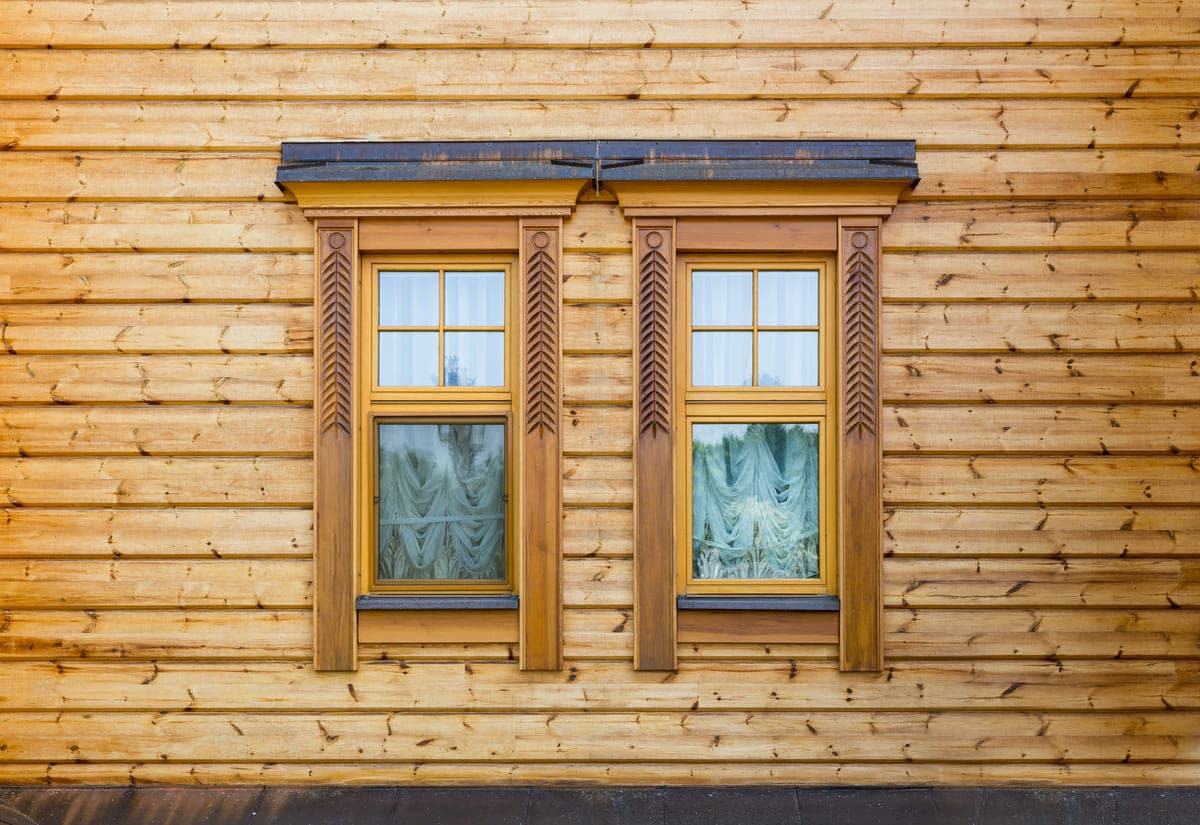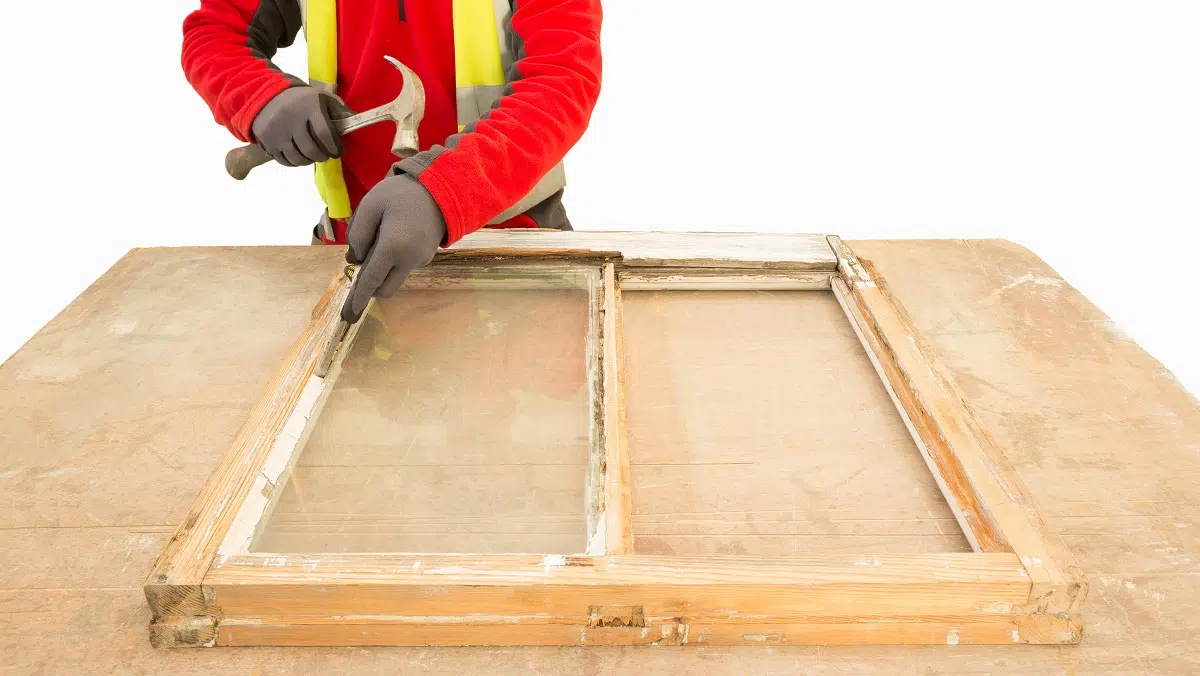uPVC sash windows are a popular choice for many homeowners, but there are a few factors that can affect supply costs. This guide will help you understand the different factors that can influence the cost of your uPVC sash windows, so you can make an informed decision when choosing a supplier.
People use uPVC sash windows because they are energy efficient and require little maintenance. The supply costs of uPVC sash windows can be affected by the type of window, the size of the window, the number of windows, the style of the window, the finish of the window, the glazing options, the hardware options, the installation method, the delivery charges, and the warranty.
What are uPVC sash windows?
uPVC sash windows are a type of window that is made from unplasticized polyvinyl chloride. This material is also known as rigid PVC or vinyl. uPVC sash windows can be either double-glazed or triple-glazed, which means they are energy-efficient and can help to keep your home warm in the winter and cool in the summer.
There are a few things that can affect the cost of uPVC sash windows, such as the size of the window, the number of panes, and whether or not you want any special features like tinted glass or security locks. The best way to get an accurate estimate of the cost of uPVC sash windows is to contact a few different suppliers and get quotes from each one.

Why are they a popular choice for many homeowners?
Homeowners use sash windows because they are relatively easy to operate. They can also be adapted to suit a variety of different styles of homes. However, one of the main factors that affect the cost of sash windows is the type of material used to construct them.
uPVC is a durable and low-maintenance material. It is also relatively inexpensive, which makes it a good option for budget-conscious homeowners. However, uPVC can sometimes look artificial and may not be the best choice for more traditional homes.
Wooden sash windows are another popular option, but they tend to be more expensive than uPVC windows. Wood is a natural material that can add character and charm to a home, but it does require more maintenance than uPVC. Wooden sash windows can also be painted or stained to match the exterior of your home.
What factors can affect the supply costs of uPVC sash windows?
There are a few different factors that can affect the supply costs of uPVC sash windows. The first is the size of the window. Obviously, a larger window will cost more to supply than a smaller one. The second factor is the type of glass that you choose. There are many different types of glass available, and each has its own price. The third factor is the style of the window. There are many different styles of uPVC sash windows, and each one has a different price. The fourth factor is the location of the supplier. If you live in an area where there are not many suppliers, then the cost of shipping will be higher.
The type of window
There are two main types of sash windows – the traditional box sash window, and the more modern flush sash window.
Box sash windows are made up of two or more panels that slide up and down within the frame of the window. The panels are held in place by weights that are attached to cords, which run over pulleys at the top of the frame.
Flush sash windows have a more streamlined look, as the panels sit within the frame of the window, rather than sitting on top of it. The panels are held in place by springs or friction stays.
The size of the window
The size of the window is one of the most important factors that affect the cost of uPVC sash windows. The larger the window, the more expensive it will be.
The number of windows
When it comes to the cost of uPVC sash windows, one of the main factors that will affect the price is the number of windows you need. Obviously, the more windows you need, the more it will cost. However, there are ways to get discounts on large orders, so it’s worth shopping around.
The style of the window
There are many different styles of uPVC sash windows available on the market, from traditional designs to more modern, contemporary styles. The style of window you choose will have a big impact on the overall look and feel of your home, so it’s important to choose carefully. One of the most popular style of uPVC sash window is the traditional Georgian design.
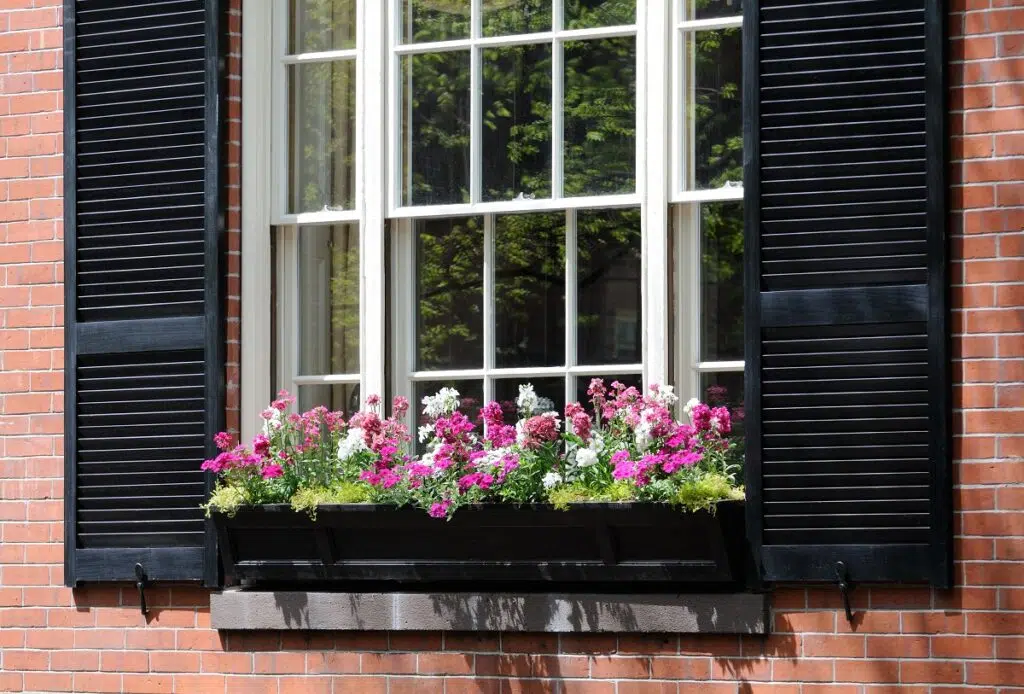
This style features two large panes of glass separated by a small mullion, with smaller panes of glass in the top half of the window.
This classic design is very popular in period properties and can add a touch of elegance to any home. If you’re looking for something a little more modern, there are also plenty of contemporary-style uPVC sash windows available. These windows often have larger panes of glass and a sleeker, more minimalist design. They can help to create a more modern look in your home and are perfect for properties with a more contemporary style.
The finish of the window
The finish of the window is important for two reasons; firstly, it needs to be durable and able to withstand the elements. Secondly, it needs to look good. There are a few different options when it comes to finishes and each has its own benefits.
Paint is a good option for sash windows. It is available in a wide range of colors and can be applied to both wood and uPVC frames. It is also relatively easy to touch up if it gets scratched or chipped.
Stain is another option, particularly for wood frames. It allows the grain of the wood to show through and can give the window a more natural look. It is important to note that stain does not protect the wood from the elements as well as paint does.
Varnish is another option for finishing sash windows. It provides a high level of protection from the elements and also gives the window a nice shine. However, varnish can be difficult to apply evenly and can yellow over time.
Finally, there is powder coating. This is a newer option that is starting to gain popularity. Powder coating is applied as a dry powder and then cured under heat, creating a hard, durable finish. It is available in a wide range of colors and does not yellow over time like varnish can.
The glazing options
There are a few different types of glass that can be used in sash windows, the most popular being clear float glass. This is the standard type of glass found in most homes and is perfectly adequate for most purposes. However, if you live in an area that gets a lot of direct sunlight, you may want to consider using tinted glass or low-emissivity (low-e) glass. Tinted glass will help to reduce the amount of heat that comes into your home, while low-e glass will reflect some of the heat back outside.
The hardware options
There are a few things to consider when it comes to the hardware of your uPVC sash windows. The first is the type of handle you want. There are two main types of handles for sash windows- espagnolette and cockspur. Espagnolette handles are more common, and they have a locking mechanism that goes all the way around the window. Cockspur handles only lock at the top and bottom, so they’re not as secure.
The next thing to consider is the type of hinges you want. There are three main types of hinges- concealed, friction, and spring. Concealed hinges are hidden from view, so they give the window a clean look. Friction hinges are adjustable, so you can adjust how much pressure is needed to open and close the window. Spring hinges are self-closing, so they’ll automatically close the window if it’s left open.
Finally, you need to decide on a opening restrictor. This is a device that limits how far the window can be opened, so it’s helpful if you have young children or pets. There are two main types of opening restrictors- chain and bar. Chain restrictors are attached to the frame with a chain, while bar restrictors are attached with a metal bar.
These are just some of the things to consider when it comes to choosing the hardware for your uPVC sash windows. Take your time to research all of your options so that you can choose the best possible combination for your home
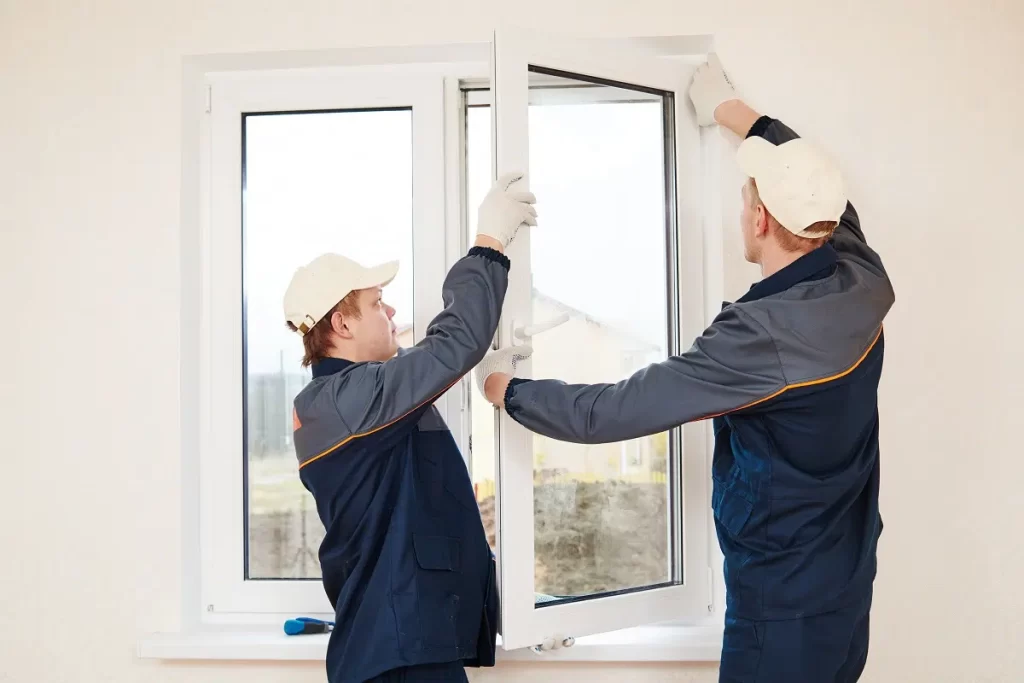
The installation method
Sash windows can be installed in one of two ways – either by ‘floating’ them within the frame, or by ‘welding’ them to the frame. The former is the more traditional method, and is generally considered to be more aesthetically pleasing. However, it is also more labour-intensive, and therefore tends to be more expensive.
The latter method is quicker and easier, and so is generally cheaper. However, it can sometimes look less attractive, as the welds are visible from the outside.
The delivery charges
When it comes to uPVC sash windows, the delivery charges can vary depending on a few different factors. The first is the size and weight of the window itself. If you have a large or heavy window, it will cost more to ship than a smaller one. The second factor is the distance the window has to travel. If you live in a remote area, it will cost more to ship your window than if you live close to the supplier. And finally, the time of year can affect shipping costs as well. If you need your window during the busy summer season, it will cost more than if you were to order it during the off-season.
The warranty
When it comes to uPVC sash windows, one of the most important factors that can affect the cost of supply is the warranty. Most manufacturers will offer a standard 10-year warranty on their products, but some may offer longer warranties of up to 25 years. It’s important to check what kind of warranty is offered before making a purchase, as this can impact the overall cost of the windows over time.
